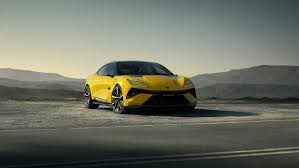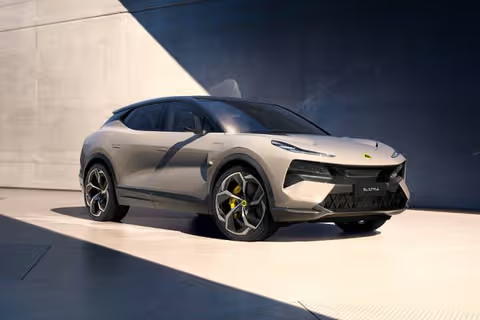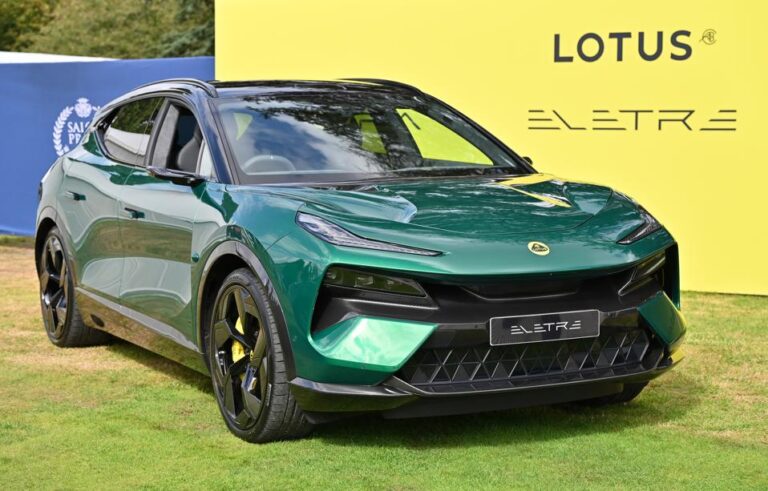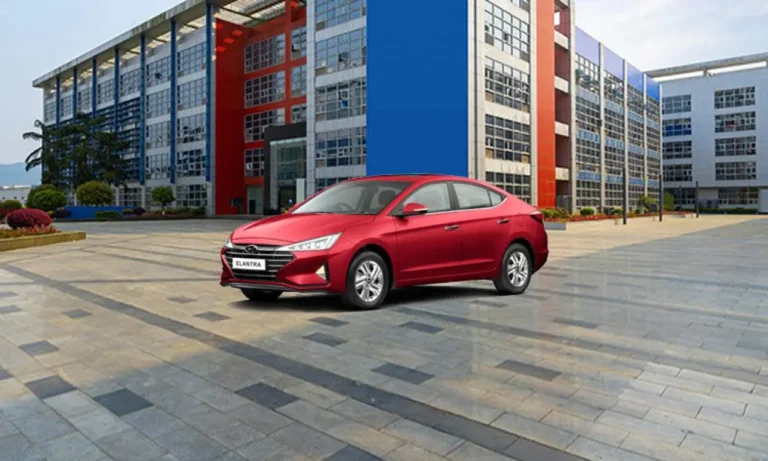
Introduction
Lotus Cars is a British performance car manufacturer known for its lightweight, driver-focused sports cars. Founded in the 1950s by engineer Colin Chapman, Lotus built its reputation on innovative engineering, aerodynamics and a philosophy of “simplify, then add lightness.”

Design Philosophy
Unlike many brands that chase pure horsepower, Lotus focuses on reducing weight, improving chassis balance and giving the driver a pure connection to the road. This approach makes even moderately powered Lotus cars feel agile and thrilling to drive.
Iconic Models
Over the decades, Lotus has produced some iconic sports cars:
-
Lotus Elan – a 1960s classic that influenced sports car design worldwide.
-
Lotus Esprit – famous for its wedge shape and appearances in James Bond films.
-
Lotus Elise – launched in the 1990s, it became the benchmark for lightweight, affordable performance.
-
Lotus Evora – a larger, more comfortable GT-style sports car.
-
Lotus Emira – the brand’s latest petrol-powered model, blending modern tech with classic Lotus handling.
-
Lotus Eletre – an all-electric hyper-SUV marking Lotus’s entry into high-performance electric vehicles.
Motorsports Heritage
Lotus built a strong legacy in Formula One during the 1960s and 1970s, winning multiple championships with drivers like Jim Clark and Graham Hill. Many innovations from its racing program influenced road cars.
Present and Future
Now under the umbrella of a global automotive group, Lotus is moving toward electrification while retaining its core values of lightness and driver engagement. The brand is positioning itself as a maker of high-performance electric cars and SUVs without losing its racing DNA.
Key Takeaways
-
Lightweight engineering is at the heart of every Lotus.
-
Racing heritage gives the cars a performance-first ethos.
-
Electrification is shaping the next era, with models like the Eletre and Evija (electric hypercar).



